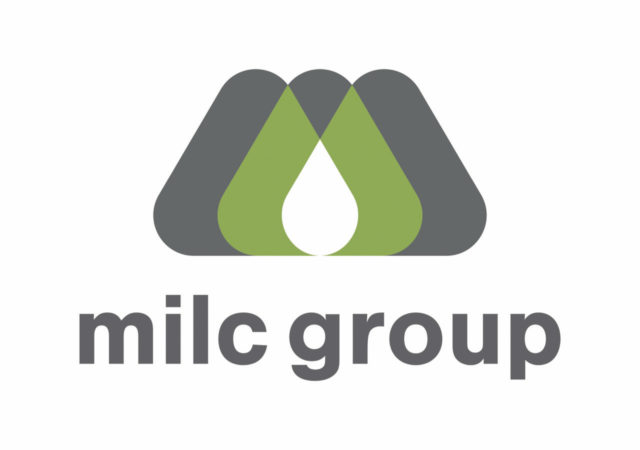The Animal Agtech Innovation Summit (Europe) was back in person for the first time since COVID pandemic lockdowns. The event, in Amsterdam in October 2022, attracted senior-level animal agtech leaders to a summit that included mainly the service industry, corporations, startups, some investors but very few farmers.
What differed in this event from most other agtech events was rather than talking about deep science and tech, this two-day event discussed and answered questions on the challenges and opportunities across the animal livestock sector in a panel-style format. Participants touched on defining where technology is at and what we still have to innovate on, with an emphasis on the farm level over the supply chain. There were clear takeaways and themes from the event that were both good news and an opportunity for U.S. dairy producers.
Different from the U.S., where we have consumer pressure, the animal agriculture and agtech sector is asking for government regulations in the EU for agriculture technology, sustainability and welfare. But Isabelle Decitre from ID Capital challenged stringent regulations. She said: “China has an army of smart data engineers” and “a regulatory framework that is conducive to data collection, analysis and usage.” “They are cut-throat competitive,” “with a hunger for high-quality proteins” and food self-sufficiency.
“There isn’t a pathway to net zero. Animals are living beings, and animals will have unavoidable emissions. Ten percent of all EU emissions are from livestock, and a little under 90 percent of that 10 percent of emissions is from farmed livestock. It’s not about net zero, rather it’s neutrality – where there is a balance between unavoidable emissions and sequestration,” said Brigitte Misonne, head of animal products, DG AGRI EU Commission. What the EU is trying to achieve is to not move away from livestock systems that work in certain regions. John Gilliland, one of few farmers present and director of global agriculture and sustainability at Devenish, Northern Ireland, added to Misonne’s comment: “Greenhouse gas national inventory set out by the UN does not allow for dynamic livestock systems … and that IPCC 2021 target of net zero will never happen if farmers don’t increase their carbon stock while reducing their emissions.” He believes farms can be part of the solution.
Where can we find data standards for agtech tools and metrics? This was a hard and unanswered question, but we know “GHG sustainability metrics are critical,” said Justin Sherrard from Rabobank. While welfare and the use of data require building trust with the right data and having accountability if there is a data metric regulation for farms, we must be able to differentiate if it is a farm issue or a tech issue, if the data isn’t right. In principle, all companies believe “farmers own their data,” but few models and products reflect this. During the panel I led during the conference, I questioned my group: “Do current agtech business models work?” The comments from our panel concluded that data democracy/governance and data monetization work in tandem and transparency is key. Data democracy needs to be a two-way street built from the farm up, rather than the top down, we concluded.
A new value needs to be created, said Nick Evans of Oxybury Bank UK, “where farmers can sell a product plus data in a sustainable and resilient way. Those of you who produce technology products that produce data to help farmers to sell products, is not just a nice-to-have anymore, it is an essential service to prove the cost of production, prove sustainability and welfare justification. Data plus product will be the new norm.”
So what does this mean back here in the U.S. for dairy farmers? It seems we in the U.S. are in very fertile territory. We are less burdened by regulatory red tape and have a skilled workforce. This has the potential to allow for unbridled opportunity for farms and technology. Livestock farming in the U.S. can still be considered part of the sustainability solution. And we can do all this while striving further ahead as the global leader in dairy production and data asset generation.
We need and must get more senior-level progressive farmers into the discussion. Participants during this summit highlighted that it’s “challenging to get on a farm and get farmers adopting technology.” But I must agree with Hsin Huang from the FAO LEAP steering committee: “Farmers are the most innovative, creative and ready to change when they see an obvious benefit.” What agtech providers and allied industry need to do more of is to learn “how can we help farmers achieve what we all need from the food system.”
The next Animal Agtech Innovation Summit is in San Francisco on March 13, 2023, and it will be interesting to follow these same themes and discussions on this side of the world in just a few months. If you are interested in attending the next summit, you can learn more here.






